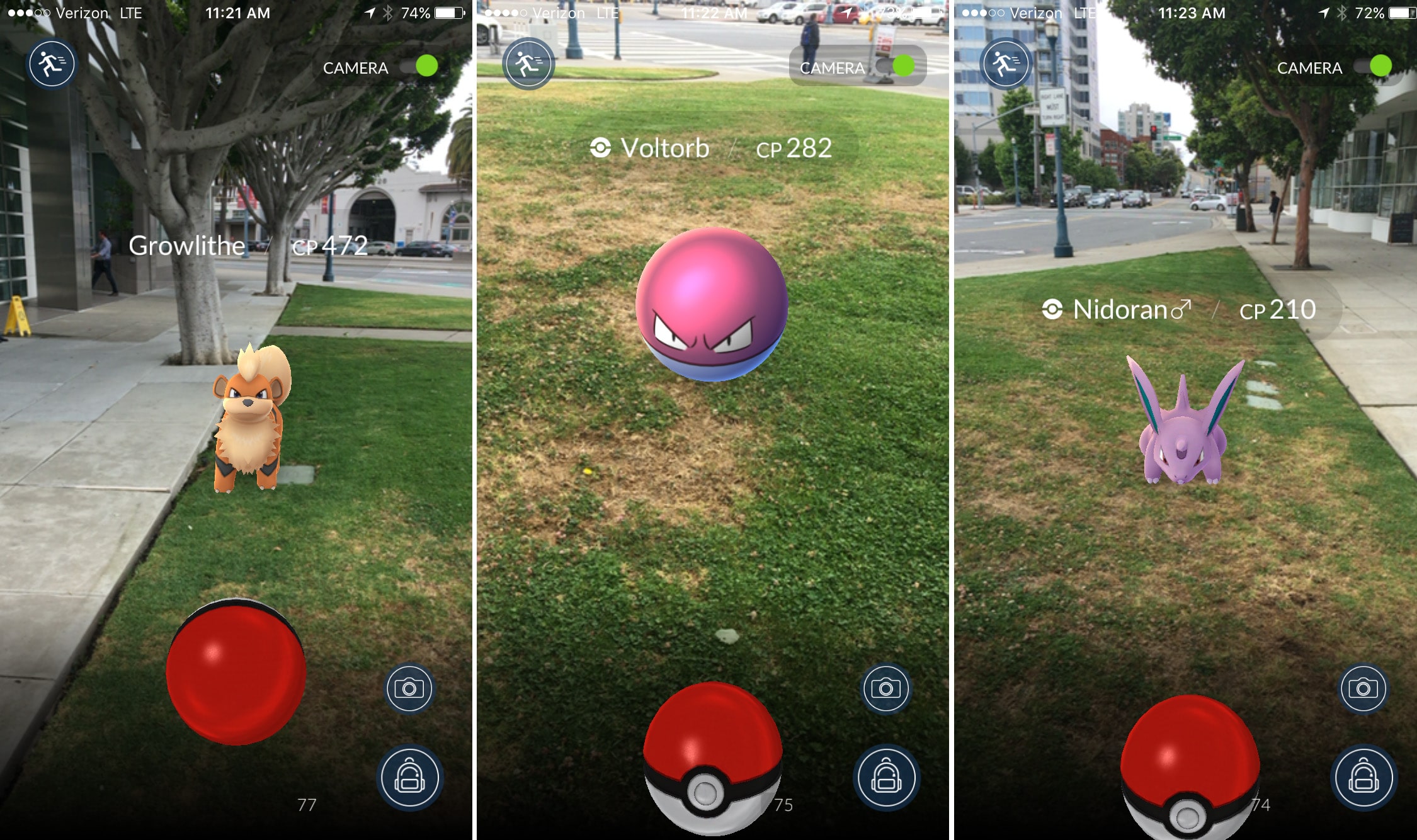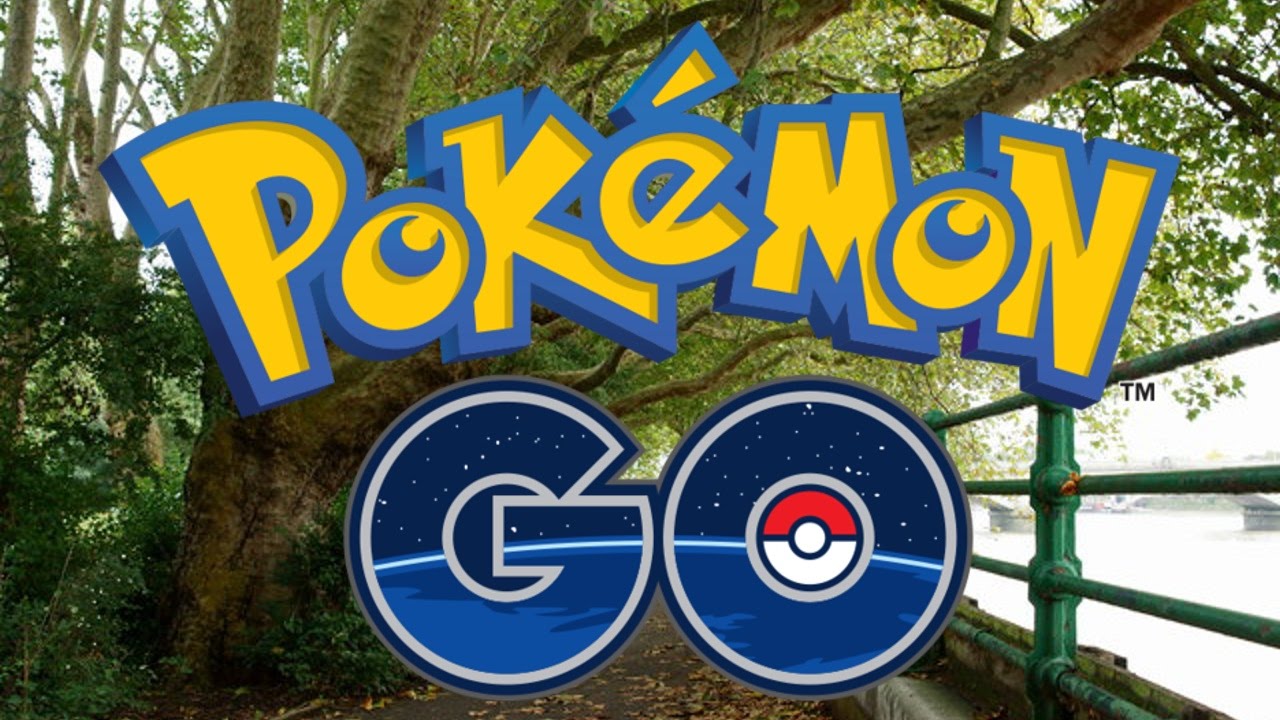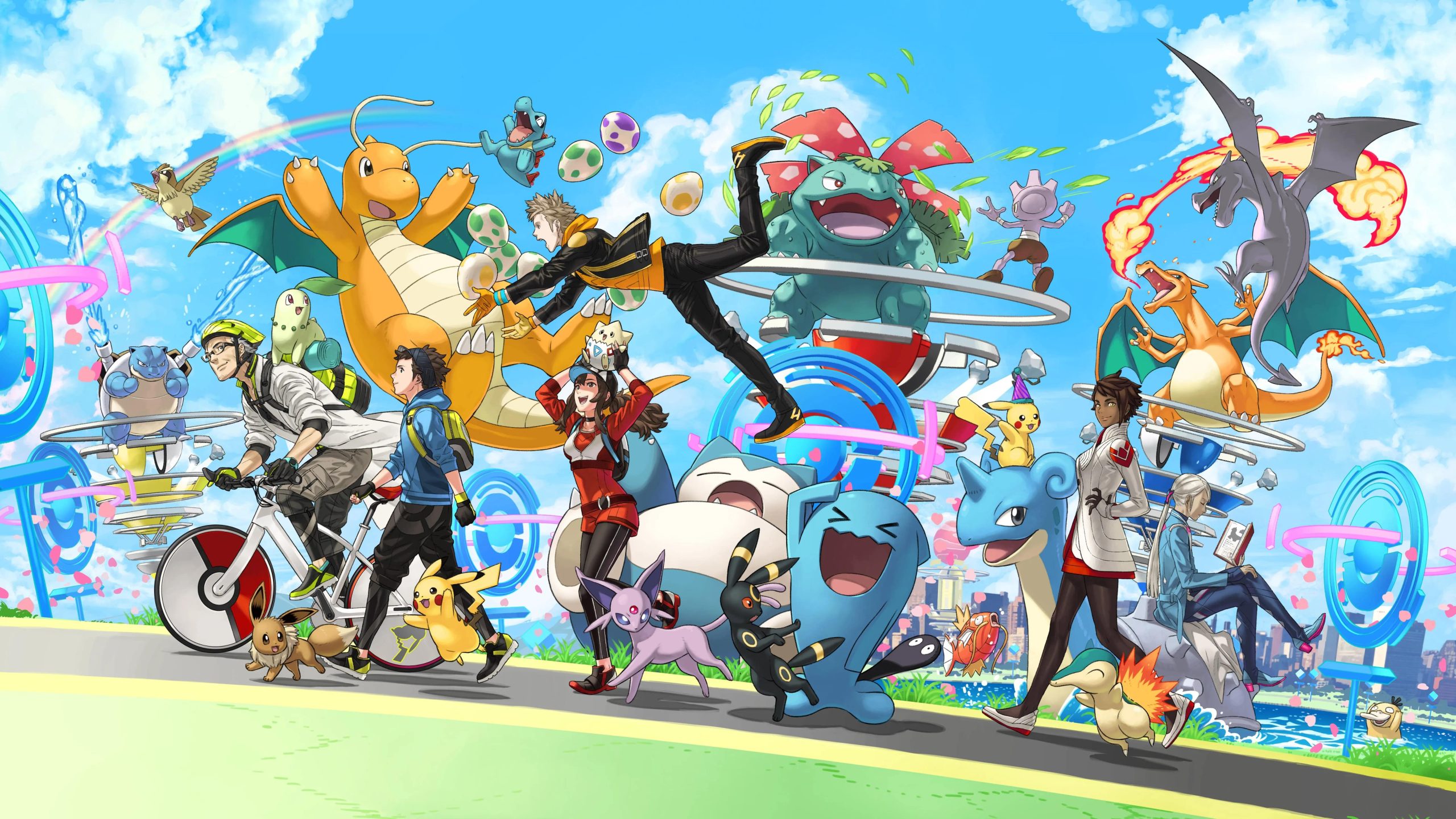In a recent trailer, Pokémon Go announced the arrival of Paldean Pokémon on September 5, with the initial wave featuring Sprigatito, Fuecoco, Quaxly, and Lechonk. A second wave of additions, including Nymble, Pawmi, Bombirdier, and Frigibax, is set to join the game on September 10.
While the game previously introduced Alola region Pokémon in February 2022 and some Galar region Pokémon from Pokémon Sword and Shield in August 2021, this marks the first appearance of starters from the Galar region.
Pokémon Go took the entire world by storm, flooding streets with people desperately searching for a pokémon to catch and make theirs. It isn’t your typical mobile game; it’s an augmented reality (AR) game that allows players to step outside, explore their surroundings, and become real-life Pokemon Trainers.
Developed by Niantic in collaboration with Nintendo and The Pokémon Company, this game offers something for everyone; whether you’re a die-hard Pokémon fan or just looking for a fun and interactive way to spend your free time, Pokémon Go is your cup of tea.
Also Read: Tekken’s Thrilling New Trailer Reveals Claudio Serafino as a Playable Character
About Pokémon Go
Pokémon Go, stylized as Pokémon GO, is a 2016 augmented reality (AR) mobile game within the Pokémon franchise. Developed by Niantic in collaboration with Nintendo and The Pokémon Company, it’s available on iOS and Android devices.
This unique game uses GPS to find, capture, train, and battle virtual creatures we’ve come to know as Pokémon, blending them into the player’s real-world surroundings. Pokémon Go follows a freemium model, offering in-app purchases and local advertising.
It debuted with approximately 150 Pokémon species and expanded to around 700 by 2021, and now adds a Paldea Region Pokémon to its roster.

Initial reactions to Pokémon Go were mixed, with praise for its concept and criticism for technical issues. Nevertheless, it became one of the most downloaded and profitable mobile apps in 2016, with over 500 million downloads globally by year-end.
The game’s impact extended beyond entertainment, popularizing location-based and AR technology, encouraging physical activity, and benefiting local businesses through increased foot traffic. However, it also sparked controversy due to accidents and public disturbances, prompting government scrutiny and regulation in some countries.
About the Pokémon Franchise
The Pokémon franchise, short for “Pocket Monsters,” stands as one of the most iconic and enduring franchises in the world of entertainment. Created by Satoshi Tajiri and Ken Sugimori, and first introduced by Nintendo, Game Freak, and Creatures Inc. in 1996, Pokémon has grown into a global cultural juggernaut.
At its core, Pokémon is a multimedia franchise that features video games, trading card games, animated TV series, movies, merchandise, and more. The franchise revolves around fictional creatures called Pokémon, each with unique abilities, which trainers, like the franchise’s beloved mascot, Ash Ketchum, capture, train, and battle.

The video games, starting with Pokémon Red and Green, were the initial spark, and they continue to be a staple, with each generation introducing new Pokémon, regions, and gameplay mechanics. The trading card game, launched shortly after the video games, has also enjoyed popularity, with competitive tournaments held worldwide. Who didn’t own Pokémon cards?
The animated series, with numerous seasons, follows the adventures of Ash and his friends as they explore different Pokémon regions and compete in various Pokémon battles. Pokémon has also created a sense of friendship, and even nostalgia among fans of all ages.
You’ve heard of the game from someone or the other or downloaded it to try it out. Pokémon has impacted several generations who are still influenced by today’s Pokémon media. It’s the only thing millennials and Gen Z have in common!
Also Read: Hamidashi Creative Visual Novel’s Anime Crowdfunding Makes 114 Million Yen!


